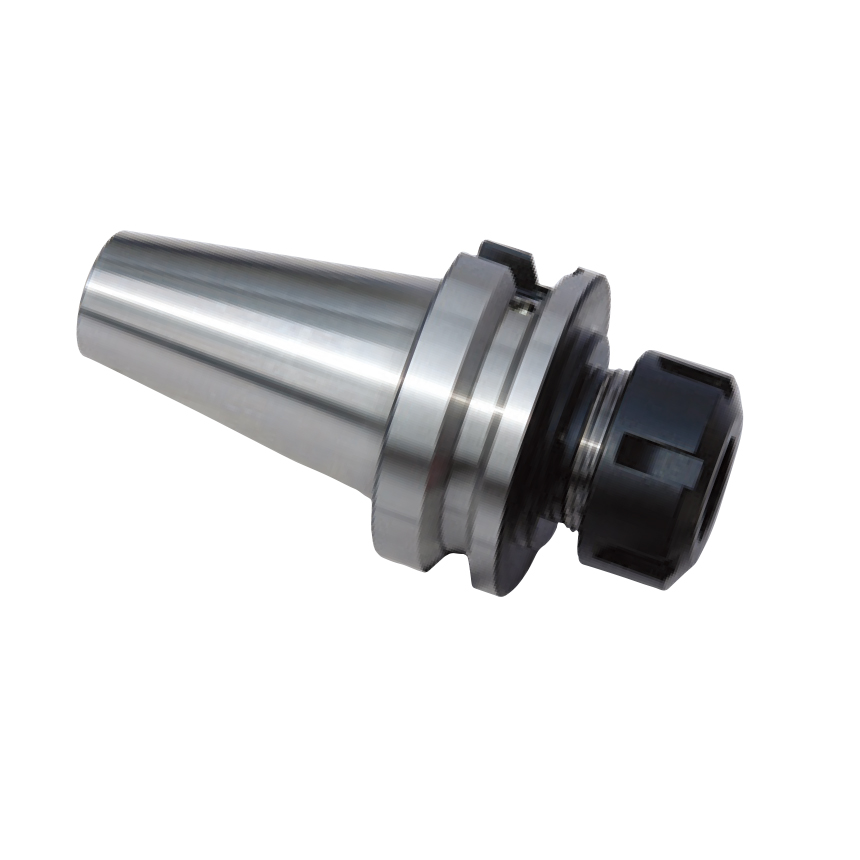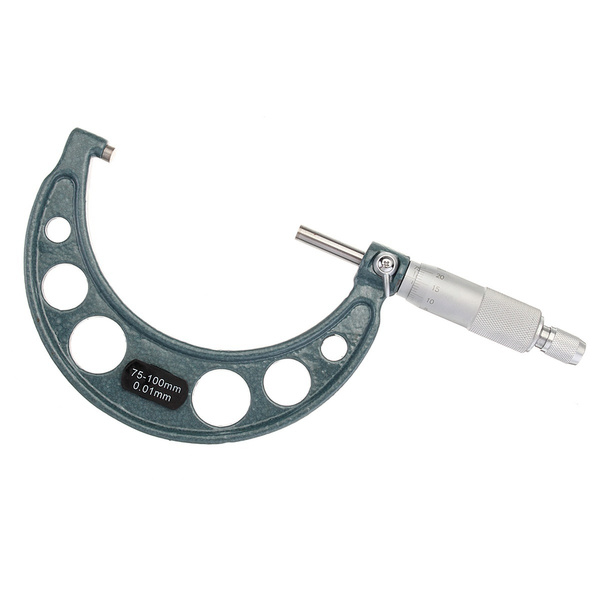High-Quality ER collet fixture
An ER collet fixture is a clamping device used to hold cylindrical workpieces with high precision in machining operations. It offers superior concentricity and gripping force compared to other workholding methods, making it ideal for demanding applications like milling, drilling, and grinding. This guide explores the features, applications, selection criteria, and maintenance of high-quality ER collet fixtures, ensuring optimal performance and longevity.
Understanding ER Collet Fixtures
ER collet fixtures are essential components in various machining setups, providing a secure and accurate method for holding workpieces. The 'ER' designation refers to the German standard (DIN 6499) for these collets, indicating their dimensions and interchangeability. A well-chosen and maintained ER collet fixture can significantly improve machining accuracy and efficiency.
Components of an ER Collet Fixture
A typical ER collet fixture consists of the following main parts:
- Collet Chuck Body: The main housing that holds the ER collet.
- ER Collet: The precision gripping element that clamps the workpiece. Different sizes are available to accommodate various workpiece diameters.
- Clamping Nut: Used to tighten the collet and secure the workpiece.
- Locking Mechanism: Holds the fixture in place, often utilizing bolts or a quick-change system.
Advantages of Using ER Collet Fixtures
ER collet fixtures offer several advantages over other workholding solutions:
- High Accuracy: Provides excellent concentricity and runout, ensuring precise machining.
- Strong Gripping Force: Securely holds workpieces, preventing slippage during machining.
- Versatility: Accommodates a wide range of workpiece diameters with different collet sizes.
- Quick Change: Allows for fast and easy workpiece changes, increasing productivity.
- Compact Design: Requires minimal space, making it suitable for various machine setups.
Applications of High-Quality ER Collet Fixtures
ER collet fixtures are widely used in various industries for a range of machining applications:
- Milling: Holding cylindrical workpieces for milling operations, ensuring accuracy and stability.
- Drilling: Providing a secure and precise clamping method for drilling holes in cylindrical parts.
- Grinding: Offering high concentricity for grinding operations, resulting in smooth and accurate finishes.
- Turning: Supporting cylindrical workpieces during turning operations on lathes.
- Tool Holding: Securing cutting tools in CNC machines. Wayleading Tools offers a variety of tool holding solutions.
Selecting the Right ER Collet Fixture
Choosing the appropriate ER collet fixture is crucial for achieving optimal machining results. Consider the following factors:
Workpiece Diameter
Select a collet fixture that can accommodate the range of workpiece diameters you'll be working with. ER collets are available in various sizes (e.g., ER11, ER16, ER20, ER25, ER32, ER40), each with a specific clamping range.
Required Accuracy
Determine the required level of accuracy for your machining operations. High-quality ER collet fixtures offer superior concentricity and runout, which are essential for precision work.
Machine Compatibility
Ensure that the collet fixture is compatible with your machine's spindle or mounting system. Check the dimensions and mounting interface to avoid compatibility issues.
Material and Construction
Choose a collet fixture made from high-quality materials, such as hardened steel, for durability and longevity. Consider the construction of the fixture, including the clamping mechanism and locking system.
Clamping Force
Evaluate the required clamping force for your application. The collet fixture should provide sufficient gripping force to prevent workpiece slippage during machining.
Maintenance and Care of ER Collet Fixtures
Proper maintenance is essential for ensuring the longevity and accuracy of ER collet fixtures:
Cleaning
Regularly clean the collet fixture and collets to remove chips, dirt, and coolant. Use a soft brush and a mild cleaning solution.
Lubrication
Apply a thin layer of lubricant to the collet and clamping nut to prevent corrosion and ensure smooth operation. Use a lubricant specifically designed for machining applications.
Inspection
Inspect the collet fixture and collets regularly for signs of wear or damage. Replace worn or damaged collets to maintain accuracy and gripping force.
Storage
Store collets in a clean and dry place to prevent corrosion and damage. Consider using a collet storage rack or case.
ER Collet Size Chart and Specifications
The following table provides an overview of common ER collet sizes and their specifications. Data cited from Example Collet Manufacturer and is for informational purposes only. Always verify specifications with the manufacturer.
| Collet Size | Clamping Range (mm) | Outer Diameter (mm) | Length (mm) |
|---|---|---|---|
| ER11 | 0.5-7 | 11.5 | 18 |
| ER16 | 1-10 | 17 | 27 |
| ER20 | 1-13 | 21 | 31.5 |
| ER25 | 2-16 | 26 | 34 |
| ER32 | 3-20 | 33 | 40 |
| ER40 | 4-26 | 41 | 46 |
Conclusion
Investing in a high-quality ER collet fixture can significantly enhance machining accuracy, efficiency, and productivity. By understanding the features, applications, selection criteria, and maintenance requirements of these fixtures, you can choose the right solution for your specific needs and ensure optimal performance for years to come. Explore the wide range of options available at Wayleading Tools to find the perfect ER collet fixture for your application.
Related products
Related products
Best selling products
Best selling products-
 5C Hex Collet With Inch and Metric Size
5C Hex Collet With Inch and Metric Size -
 Precision Digital Caliper Of With Metric & Inch Size For Industrial
Precision Digital Caliper Of With Metric & Inch Size For Industrial -
 Precision V Block Set With High Quality Type
Precision V Block Set With High Quality Type -
 Precision Vernier Caliper Of Metric & Imperial For Industrial
Precision Vernier Caliper Of Metric & Imperial For Industrial -
 Partial profile 55° Threading Insert With ER & IR Type
Partial profile 55° Threading Insert With ER & IR Type -
 Type F Ball Nose Tree Tungsten Carbide Rotary Burr
Type F Ball Nose Tree Tungsten Carbide Rotary Burr -
 HSS Inch 4 Flute End Mills With Bright Or TiN And TiAlN Coated
HSS Inch 4 Flute End Mills With Bright Or TiN And TiAlN Coated -
 Inch HSS 1/2″ Reduce Shank Drill Bit For Metal Cutting Of High Precision
Inch HSS 1/2″ Reduce Shank Drill Bit For Metal Cutting Of High Precision -
 HSS Metric Square Tool Bit With Industrial Type
HSS Metric Square Tool Bit With Industrial Type -
 Deburring Tool Holder For The Deburring Tool Blades
Deburring Tool Holder For The Deburring Tool Blades -
 Metric HSS Step Drills With Straight Flute
Metric HSS Step Drills With Straight Flute -
 Precision V Block And Clamps Set With High Quality Type
Precision V Block And Clamps Set With High Quality Type










